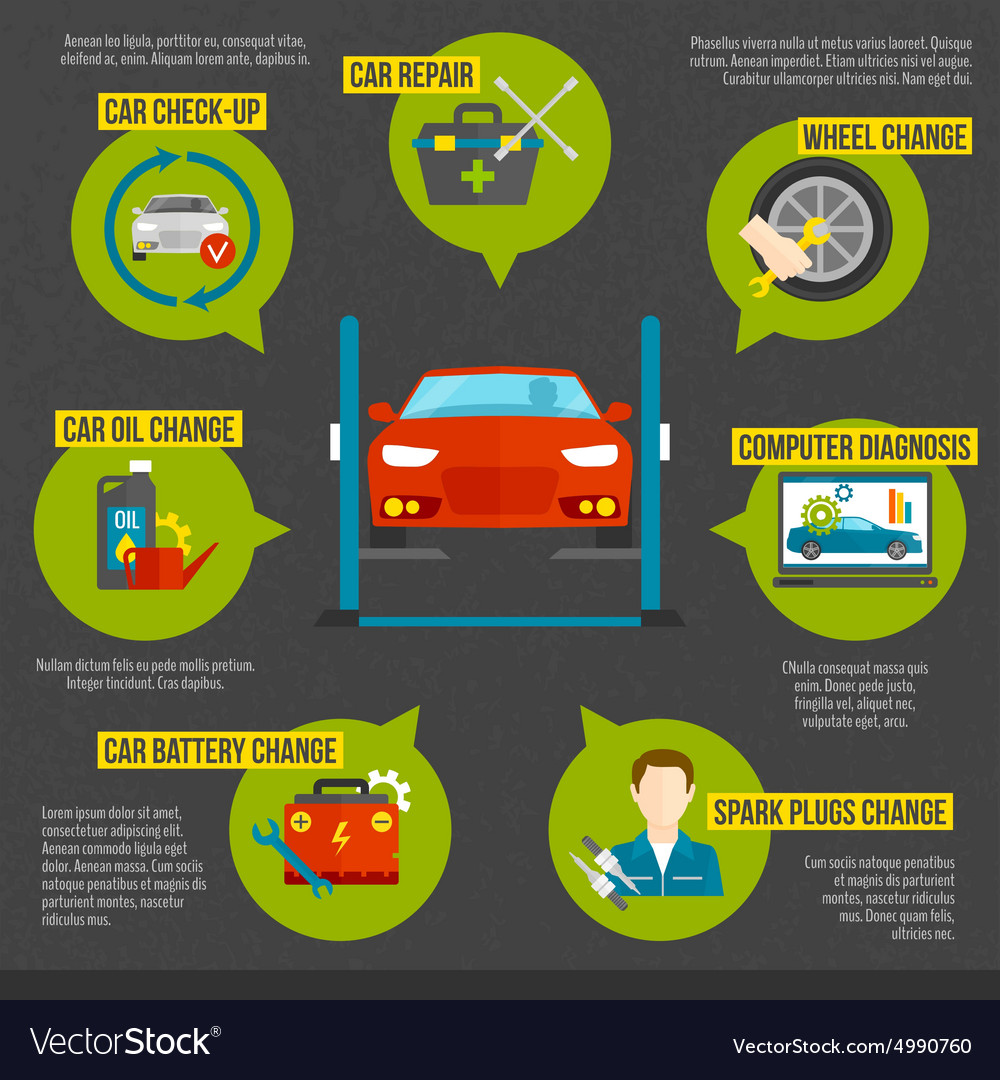Intrigued In Recognizing The Warning Lights On Your Vehicle'S Dashboard? Discover Their Relevance For Your Car'S Safety And General Problem
Intrigued In Recognizing The Warning Lights On Your Vehicle'S Dashboard? Discover Their Relevance For Your Car'S Safety And General Problem
Blog Article
Write- https://www.moneytalksnews.com/slideshows/7-tips-for-college-students-who-have-moved-back-home/ Composed By-Lauritsen Torres
When you lag the wheel, those radiant caution lights on your control panel can be a bit puzzling. Do you recognize what they're attempting to tell you concerning your auto's health? Recognizing the value of these lights is important for your safety and security and the longevity of your automobile. So, the next time among those lights pops up, wouldn't you wish to analyze its message accurately and take the necessary actions to address it?
Common Warning Lighting and Interpretations
Identify typical caution lights in your auto and comprehend their meanings to ensure secure driving.
One of the most regular caution lights consist of the check engine light, which signifies problems with the engine or exhausts system. If this light comes on, it's essential to have your car inspected promptly.
The oil stress warning light shows low oil pressure, requiring instant attention to avoid engine damage.
https://instantoilchange73940.blogsmine.com/32598549/the-comfort-of-mobile-cars-and-truck-describing-changes-your-car-s-look-but-is-it-as-effective-as-standard-techniques-discover-the-fact-behind-this-solution flashing battery light could recommend a faulty billing system, possibly leaving you stranded otherwise attended to.
The tire stress tracking system (TPMS) light signals you to low tire stress, affecting vehicle security and gas effectiveness. Ignoring this could cause hazardous driving problems.
The abdominal muscle light indicates a trouble with the anti-lock braking system, jeopardizing your capacity to stop quickly in emergency situations.
Last but not least, the coolant temperature warning light warns of engine overheating, which can result in serious damage if not dealt with quickly.
Recognizing these common caution lights will aid you deal with issues quickly and maintain secure driving problems.
Importance of Prompt Attention
Comprehending the typical caution lights in your vehicle is only the first step; the value of promptly resolving these cautions can not be emphasized sufficient to ensure your safety on the road.
When a caution light illuminates on your control panel, it's your cars and truck's means of communicating a possible issue that needs focus. Overlooking active detailing can result in much more extreme issues in the future, jeopardizing your safety and security and potentially costing you extra out of commission.
Prompt focus to warning lights can prevent failures and accidents. For example, a blinking check engine light might show a misfire that, if left unattended, could create damage to the catalytic converter. Resolving this without delay can save you from a costly fixing.
Likewise, a brake system advising light could signal reduced brake liquid or worn brake pads, essential components for your security when driving.
Do It Yourself Troubleshooting Tips
If you see a warning light on your control panel, there are a few do it yourself fixing ideas you can try before seeking expert help.
The primary step is to consult your vehicle's guidebook to understand what the specific caution light suggests. Sometimes the concern can be as basic as a loosened gas cap setting off the check engine light. Tightening up the gas cap might solve the trouble.
One more common problem is a low battery, which can activate numerous alerting lights. Checking the battery links for corrosion and ensuring they're safe could take care of the problem.
If a warning light persists, you can attempt resetting it by detaching the car's battery for a few mins and afterwards reconnecting it. Additionally, inspecting your vehicle's liquid levels, such as oil, coolant, and brake fluid, can aid fix cautioning lights related to these systems.
detail products near me
In conclusion, understanding your auto's caution lights is important for maintaining your car running efficiently and securely. By without delay dealing with these informs and understanding what they mean, you can prevent costly repair work and potential breakdowns.
Keep in mind to consult your vehicle's manual for certain information on each cautioning light and take action as necessary to ensure a hassle-free driving experience.
Stay informed, remain risk-free when driving!
